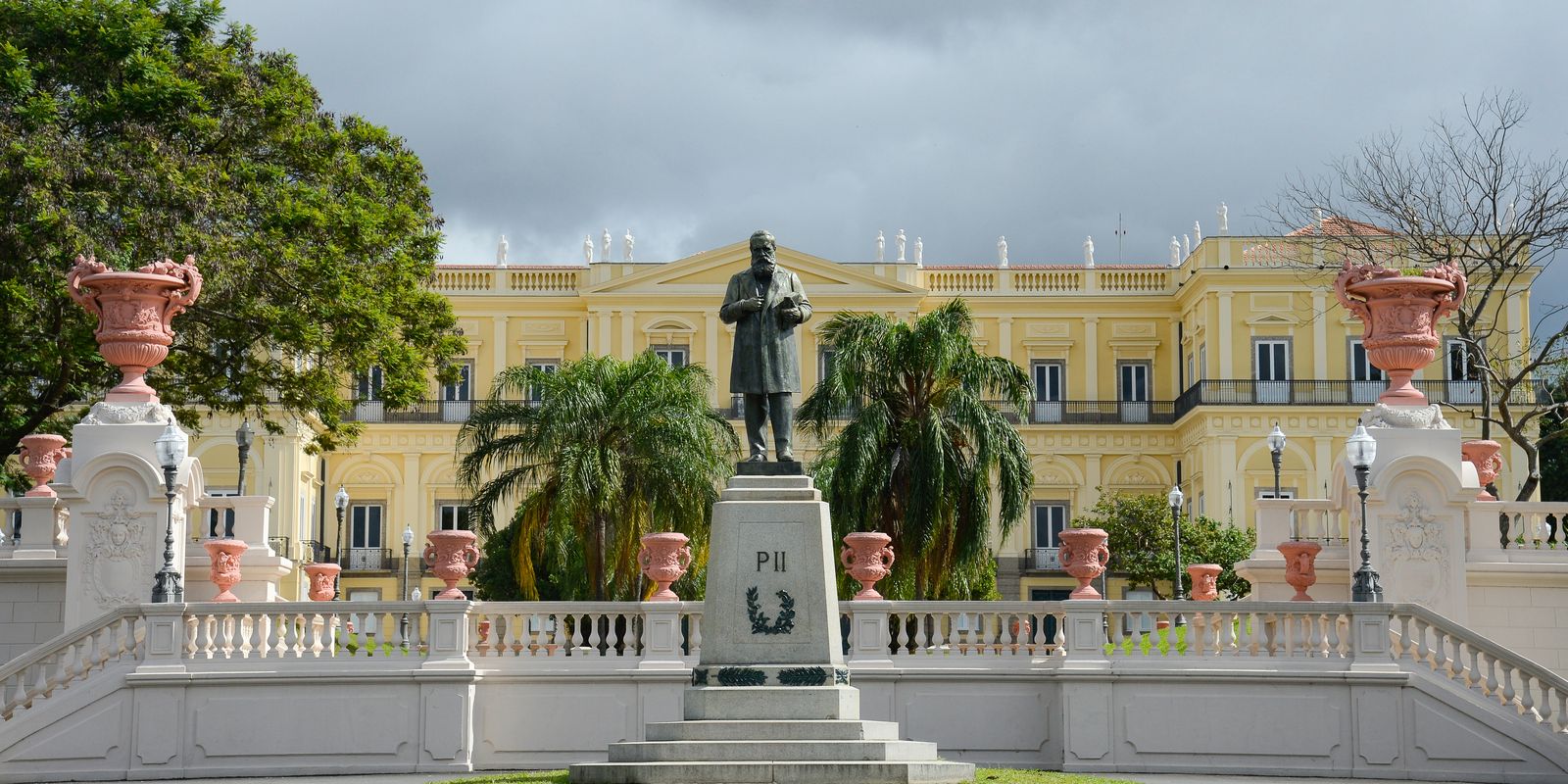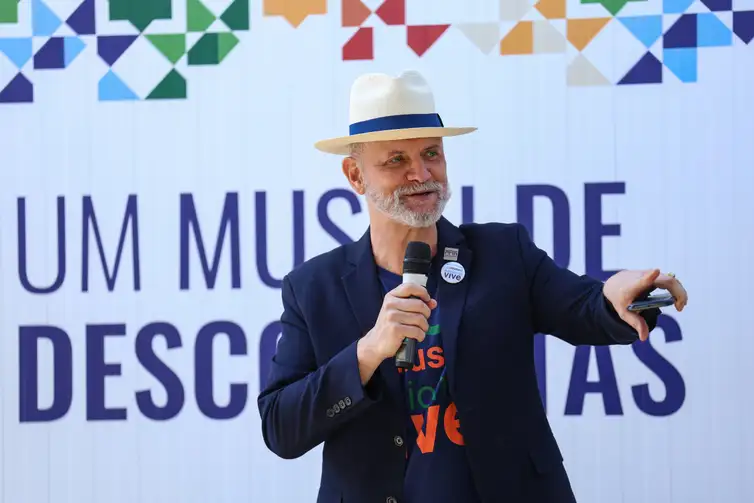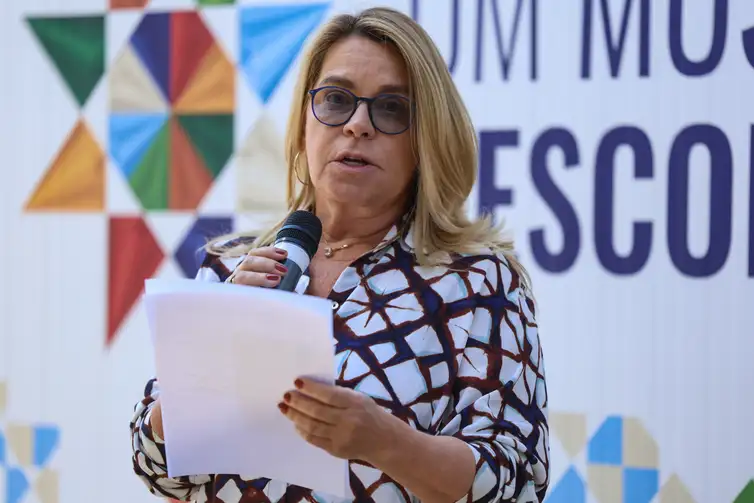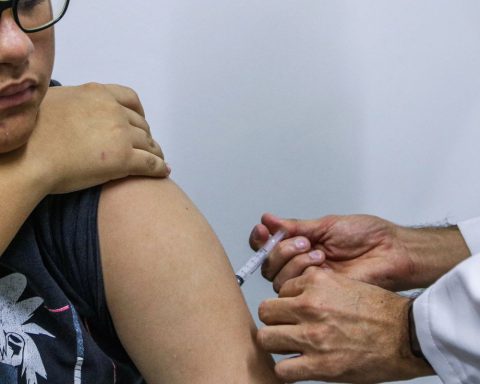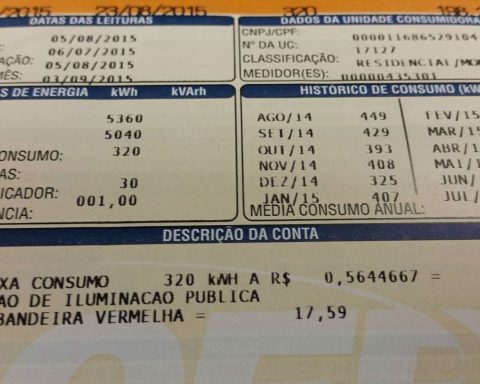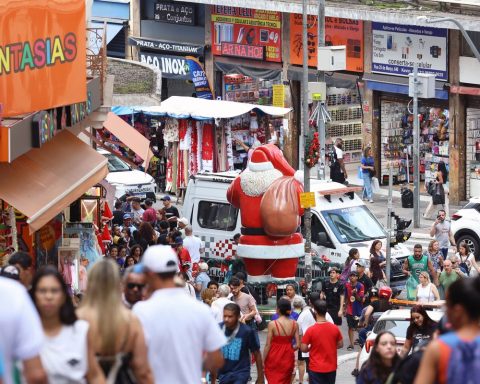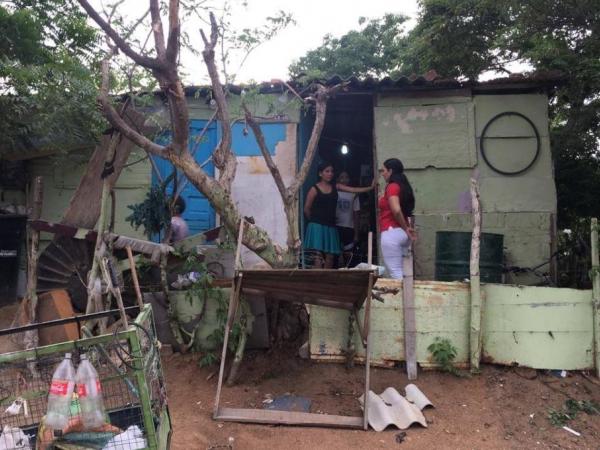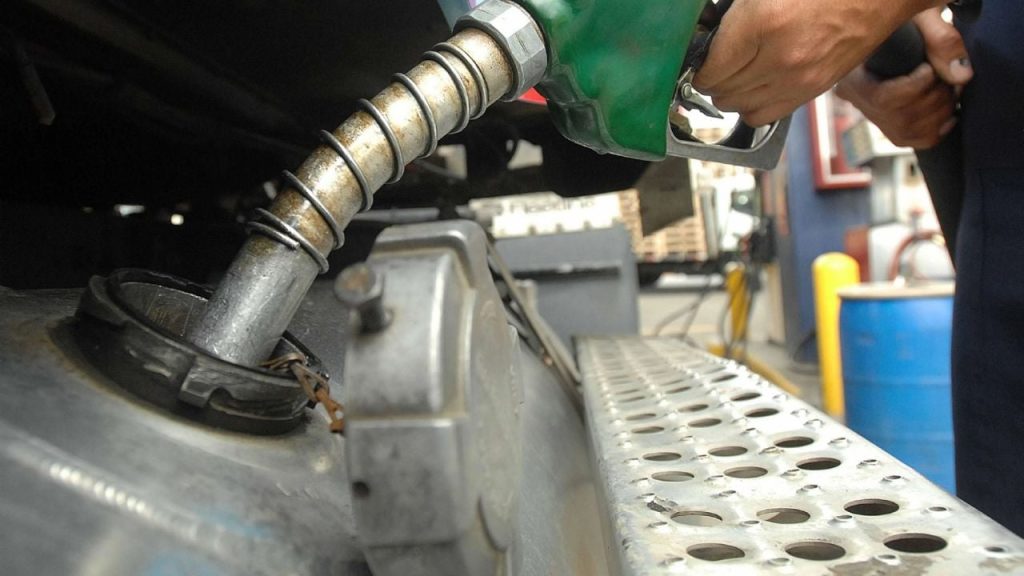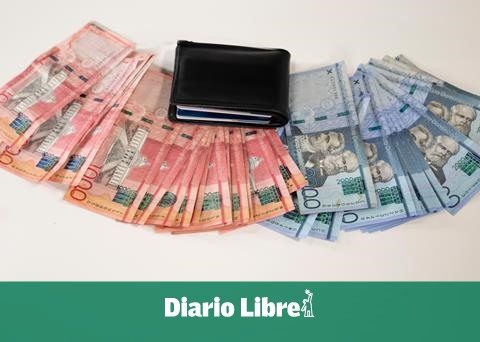Despite classifying the pace of reconstruction work as excellent, the National Museum in Rio de Janeiro, devastated by a fire that completes six years this Monday (2), is appealing for more donations from society to be able to reopen the historic palace to visitors within the estimated deadline – April 2026.
“The work is excellent, in the sense that the works are progressing, they never stopped,” he told Brazil Agency the director of the National Museum, Alexander Kellner. He highlighted, however, the need to obtain more resources in the short and medium term.
“We need to raise R$50 million by November and, by February of next year, another R$45 million. That’s R$95 million. If we don’t have it, the work won’t happen and we won’t deliver the museum,” he warned.
The estimated budget for the reconstruction of the museum, including what has already been raised, is R$491.7 million. The funds acquired come from both the public and private sectors.
The project’s sponsors are the National Bank for Economic and Social Development (BNDES), Ministry of Education (MEC), Ministry of Science, Technology and Innovation (MCTI), National Congress, Bradesco and Vale.
“Despite the great support we have from the MEC, which recently granted R$14 million for the works involving part of the palace, the participation of Brazilian society is essential,” stated Kellner.
The museum director describes the restoration work as “arduous”, including the creation of itineraries and new exhibition circuits.
The management expects to deliver Block 1 (historical) of the National Museum in April 2026. The full reopening is scheduled for 2028.
While deliveries to the public are not yet available, the museum holds the annual Museu Nacional Vive Festival. The last edition was held this Sunday (1st), with several free activities at Quinta da Boa Vista, a huge green area that serves as the institution’s garden.
After six years without a permanent space for visitors, the National Museum opened, last Thursday (29), an area next to the historic building for receive students from schools.
Fire
The Paço de São Cristóvão, a historic palace that housed the National Museum, was destroyed by flames on Sunday night. The main natural history museum in Latin America lost about 80% of its collection of 20 million items. According to the Federal Police, the fire started in a air conditioning unit.
Emergency works – removal of debris, shoring of the building, installation of a temporary roof and containers to support the rescue of the collection – began in September 2018 and continued until August 2019. Work on the facade and roof began in November 2021.
The executive manager of the Museu Nacional Vive Project, Lucia Basto, explains that the reconstruction interventions began with the facades, roofs and frames.
“Fifty percent of the building has already been restored. We are moving forward, we are continuing with this process and now, in the second half of 2024, we will begin work on the interior,” he explained.
Node website of the National Museum Lives Project Bulletins are published on the progress of the restoration. One of the most recent advances is the work to install the future skylight in the staircase courtyard.
More than 5 tons of beams and pillars were hoisted. The skylight is one of the innovations of the architectural and restoration project and has the approval of the National Institute of Historical and Artistic Heritage (Iphan).
Donations
When highlighting the need for companies and individuals to contribute to the reconstruction of the museum, director Alexander Kellner points out two ways to collaborate: financially and by donating collections.
He highlights that at the end of last year, the Rouanet Law – which encourages donations to promote culture – included the collection of R$90 million to be distributed to the recovery project. It is a way for companies and also individuals allocate money that should have been paid in taxes for reconstruction.
“It is essential that companies come [nos procurar para doar]because they pay taxes and, through the Rouanet Law, they are able to reduce these taxes, which is yet another form of government assistance, since it no longer collects any revenue,” he explained.
Kellner said the institution is making progress in donating items from its collection from individuals and institutions. “We estimate that we will need 10,000 items. We have already obtained 1,815, which will be part of the exhibition initially, and we need more.”
Dinosaur
In addition to calling on society to put the exhibition area of the National Museum back into operation – the institution, linked to the Federal University of Rio de Janeiro (UFRJ), also carries out research and offers postgraduate courses -, Alexander Kellner asks for support in the Rescue the Giant campaign.
The goal is to reassemble the Maxakalisaurus topaithe first large dinosaur assembled in the country, nicknamed Dinoprata. Before the fire, the skeleton, 13.5 meters long, had to be dismantled due to termite problems in the base that supported it.
The institution is trying to obtain R$300,000 in collective collaboration for pre-production, production and exhibition of the skull and completion of the entire spinal column. Once this goal is reached, the National Museum will commit to contributing another R$200,000, the amount needed to complete the complete assembly and painting of the Dinoprata. The collaboration can be made at website Rescue the giant.
“There’s no way we can open in 2026 without our dinosaur mounted,” said Kellner.
